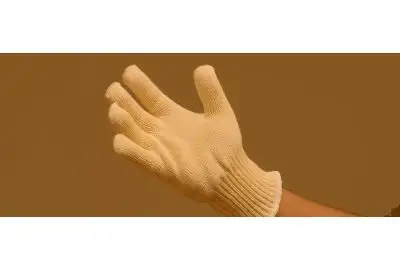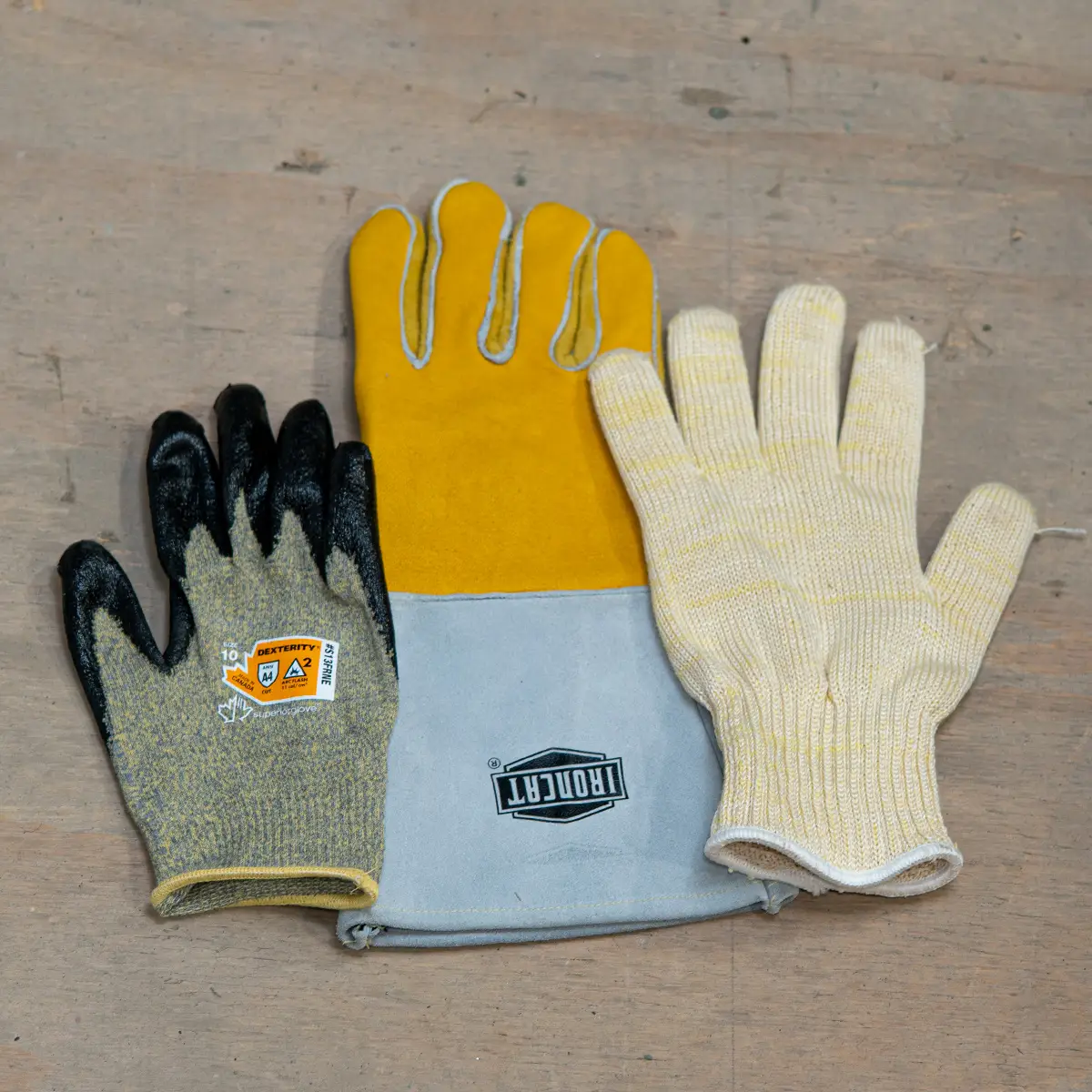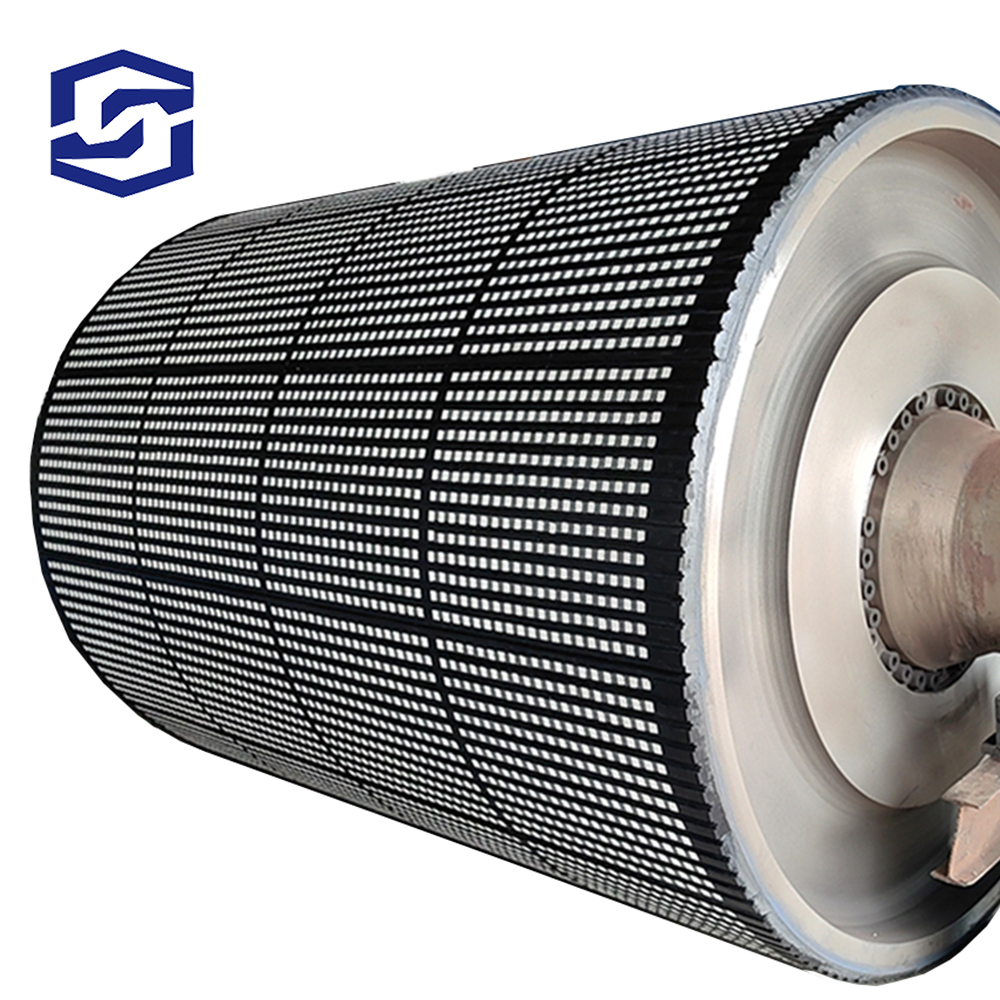How to Choose Heat-Resistant Gloves

Everyone has experienced a burn at some point, and we all know how uncomfortable it can be. Minor burns are painful enough, but imagine the impact of a severe one. Workplace burn injuries are a serious issue, with many stories highlighting the importance of taking heat hazards seriously.
If you're reading this, you're likely looking for ways to avoid burns. Prevention is always better than treatment, and that's where heat-resistant gloves come in. They offer protection against heat, helping reduce the risk of injury. Let’s explore what they are and how to choose the right ones.
What Are Heat Resistant Gloves?
Heat-resistant gloves are not completely heatproof. Their protection level depends on their rating. It's important to understand that these gloves are designed to protect from heat up to a certain limit, which varies by model.
Heat resistance doesn't mean fire resistance. Some gloves may be fire-resistant, but not all. Always check the product details and ratings before purchasing.
Heat-resistant gloves are meant to help prevent burns or reduce their severity if an accident happens. While no one intends to get burned, having the right PPE can make a big difference in the outcome. For example, a second-degree burn could have been a third-degree without proper protection.
One key takeaway is to never assume. Always verify the ratings and ensure your gear is suitable for the job. Don’t rely on appearance alone—some gloves look like regular work gloves but are rated for heat resistance.
Different Types of Heat-Resistant Gloves
Choosing the right heat-resistant gloves starts with understanding the specific hazards you'll face. Assessing the type of heat, its intensity, and any additional safety needs will guide you toward the best option.
Type of Heat
Identify the kind of heat exposure you’ll encounter:
Contact heat – Direct contact with hot objects, such as metal or tools.
Convectional heat – Exposure to hot air or environments, like near furnaces.
Radiant heat – Heat coming from a source, such as open flames or molten metal.
Splashes and spills – Protection against hot liquids or molten material.


Flame and fire – Work involving open flames or high-heat sources requires flame-resistant (FR) gloves.
It’s common to face multiple hazards at once, so look for gloves that provide comprehensive protection. Consider factors like dexterity, cut resistance, and comfort based on your tasks.
Once you understand the risks, determine the maximum temperature you might encounter. This helps narrow down the options. If possible, choose gloves that meet the EN407 standard, which provides clear ratings for different types of heat protection.
Understanding EN407 Ratings
The EN407 standard is a crucial reference when selecting heat-resistant gloves. It includes a small badge that indicates the glove’s protective capabilities. Understanding this badge is essential for making the right choice.
The EN407 badge can have two symbols: a flame or curved lines. A flame symbol means the gloves are flame-resistant, which helps them self-extinguish quickly in case of fire. However, this doesn’t mean they’re fireproof. Flame-resistant gloves still offer protection, but not complete immunity.
A badge with curved lines indicates the gloves are only rated for non-flame heat resistance. This is important to note, especially if you're working in environments with open flames.
The first digit on the EN407 badge represents flame resistance. A higher number means better performance. For instance, a rating of four means the gloves will self-extinguish within two seconds after exposure to flame.


During testing, the glove is exposed to flame. The time it takes to self-extinguish determines the rating:
- Self-extinguishing within 15 seconds = Level 1
- Self-extinguishing within 10 seconds = Level 2
- Self-extinguishing within 3 seconds = Level 3
- Self-extinguishing within 2 seconds = Level 4
Contact heat is the second digit. This test measures how well the glove protects against direct heat transfer. The temperature shift on the inside of the glove is monitored over 15 seconds. If it rises less than 50°C, the glove receives a rating for that temperature level.
- 100°C = Level 1
- 250°C = Level 2
- 350°C = Level 3
- 500°C = Level 4
For example, a glove tested at 350°C would receive a Level 3 rating if the inside temperature does not rise more than 50°C in 15 seconds.
Convective heat is the third digit. This test involves exposing the front and back of the glove to heat from an open flame. The internal temperature is measured to see how long it takes to increase by 24°C.
- 7 seconds = Level 1
- 10 seconds = Level 2
- 18 seconds = Level 3
- More than 18 seconds = Level 4
The EN407 badge has six digits, each representing a different test. Ratings range from 1 to 4, with 4 being the highest. An 'X' indicates no rating for that category.
Radiant heat is the fourth digit. This test measures how well the glove protects against heat from a radiant source, such as a furnace or oven. The internal temperature is monitored similarly to the convective test.
Small splashes of molten metal are the fifth digit. In this test, droplets of molten metal are dropped onto the glove, and the temperature on the other side is measured. The number of droplets before the temperature rises by 40°C determines the rating.
- 10 droplets = Level 1
- 15 droplets = Level 2
- 25 droplets = Level 3
- 35 droplets = Level 4
Large splashes of molten metal are the sixth and final digit. This test measures how much molten metal the glove can withstand before damaging the skin underneath.
- 30 grams = Level 1
- 60 grams = Level 2
- 120 grams = Level 3
- 200 grams = Level 4
Not all gloves are rated for every category, so you may see ratings like X2XXXX, meaning only contact heat was tested. Always check the full rating before making a purchase.
Applying This Knowledge When Shopping for Gloves
With the information provided, choosing the right heat-resistant gloves becomes much easier. Once you understand the type and level of heat you’ll face, you can easily find gloves that match your needs.
PowerPak offers a wide range of gloves that exceed EN407 standards. Be sure to visit our site and explore our selection today.
Roller Covered Ceramic Rubber Sheet

ceramic rubber plate,belt conveyor roller covering ceramic rubber sheet,Roller covered ceramic rubber sheet,Wear resistant ceramic rubber sheet,ceramic rubber lagging
Hebi Shuanglian Trading Co., Ltd. , https://www.slwearrubber.com